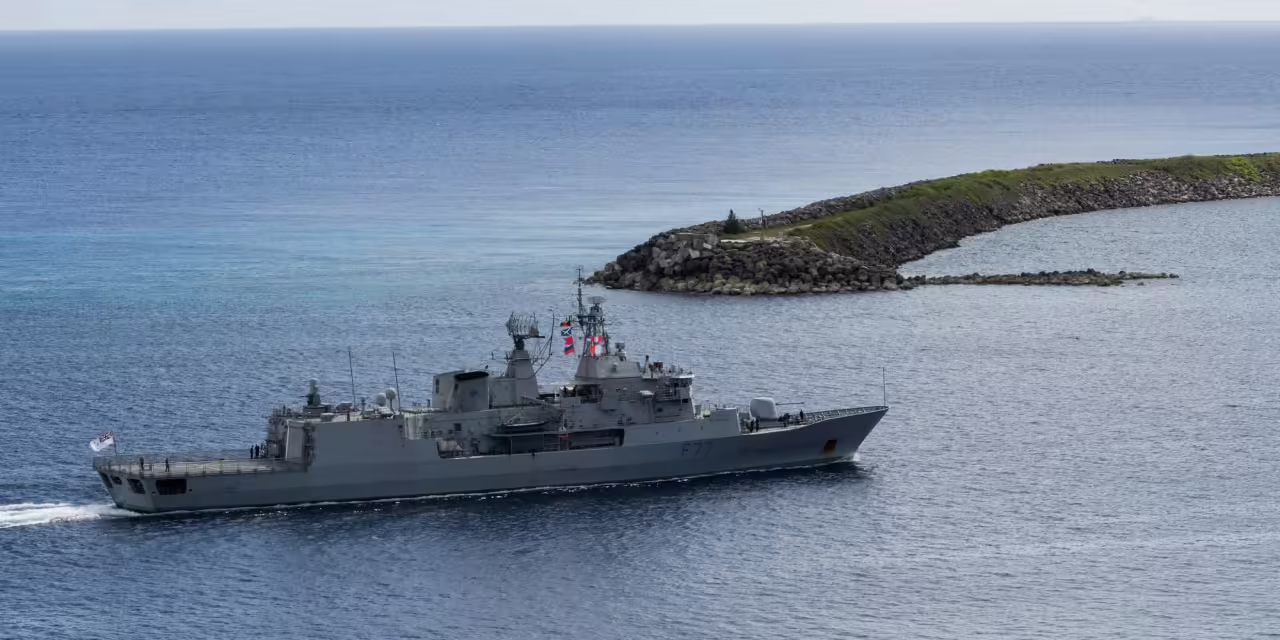A team of New Zealand Army plant operators from 2 Engineer Regiment has carried out geographical surveys and soil and ground bearing testing, to assist the Department of Conservation in the assessment of the Kermadec Island’s airstrip.The Royal New Zealand Navy has recently returned from the islands, supporting Government agencies in resupply, conservation and maintenance tasks to Rangitāhua/ Raoul Island.

HMNZS Canterbury and a Navy Seasprite from No. 6 Squadron Royal New Zealand Air Force undertook Operation Havre, to help promote safety and security in the region, ensuring environmental stewardship for New Zealand.
Plant Troop SGT, SGT Brendon Clarke from 25 ESS, 2 ER, said the operation was a unique opportunity to conduct this type of recon and gain valuable training.
“Being dropped on to an isolated island, working through the mobilisation phase, incorporating ourselves into the Navy and organising ourselves in this environment was really valuable,” said SGT Clarke. The information collected will be used by DOC to assess the future of the historic airstrip.
The tests conducted included gauging the compaction of the soil on the airstrip, testing the density and moisture of the ground and using laser surveying to measure the grades of the airstrip.

LCPL Dylan White said the experience of using these survey methods in the island’s unique environment would help him in future deployments.
“It’s the first time I’ve used these skills to survey an existing airfield. I’ve only ever used the survey methods and equipment for roads so it’s good to use it in this environment. It would be good to use this experience in future deployments or HADR in the Pacific Islands,” says LCPL White.
This was the first opportunity for SPR Te Anini O Rongo Pardoe to go on operation. “I’m learning about all the equipment on this operation. It’s giving me a great insight into my future course and I feel it will help me get ahead,” said SPR Pardoe.
“It’s also my first time on a Navy ship so it’s good mixing with other personnel from other Services, working with civilians, iwi and it’s great to be on a tri-Service operation for my first time away,” he says.
SGT Clarke said it was operations such as this, that set the Army apart.
“The Army gives you the opportunity to go to unique places and gives you rare opportunities, such as this. It’s really a great place to be,” he said.














